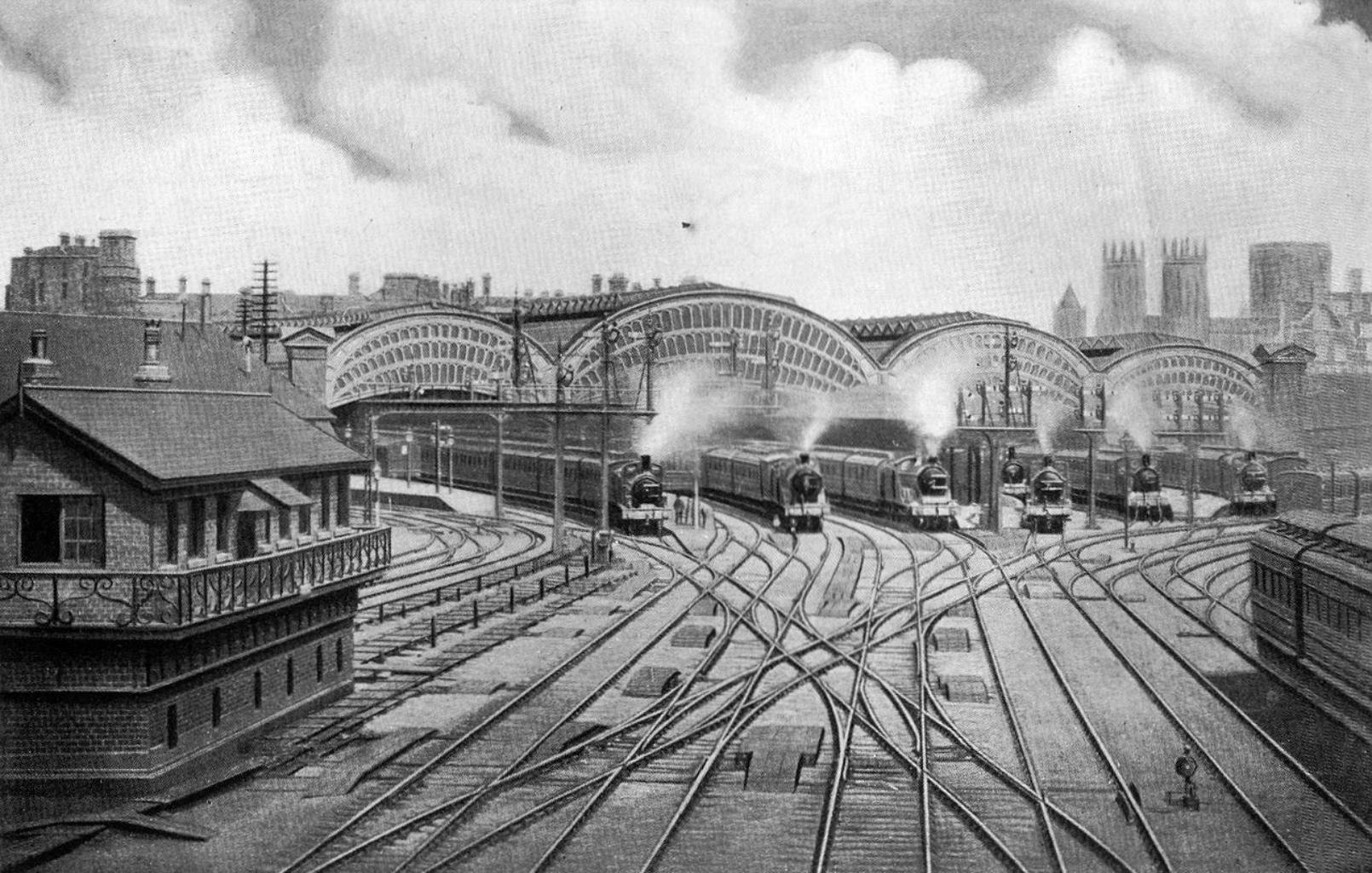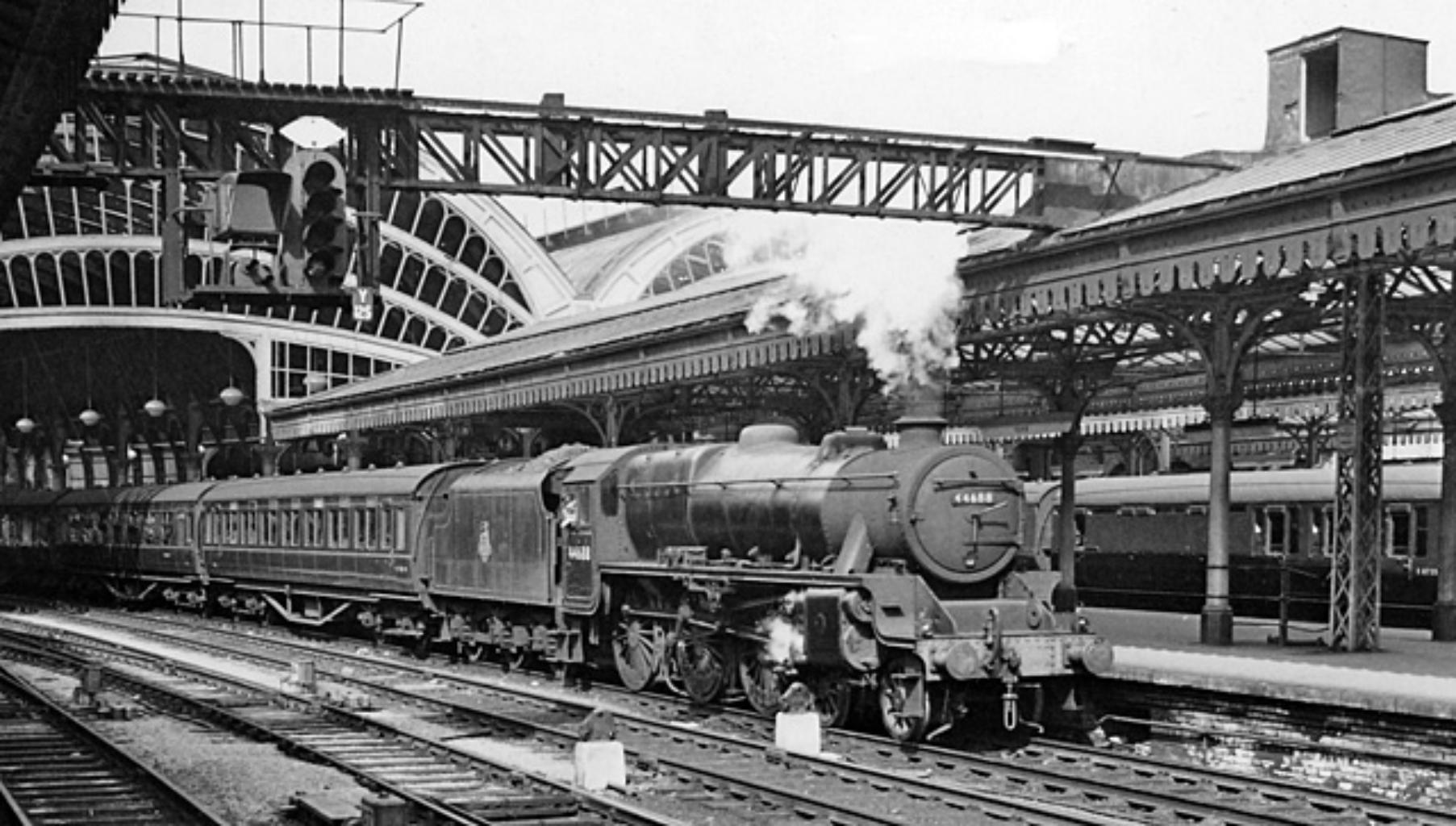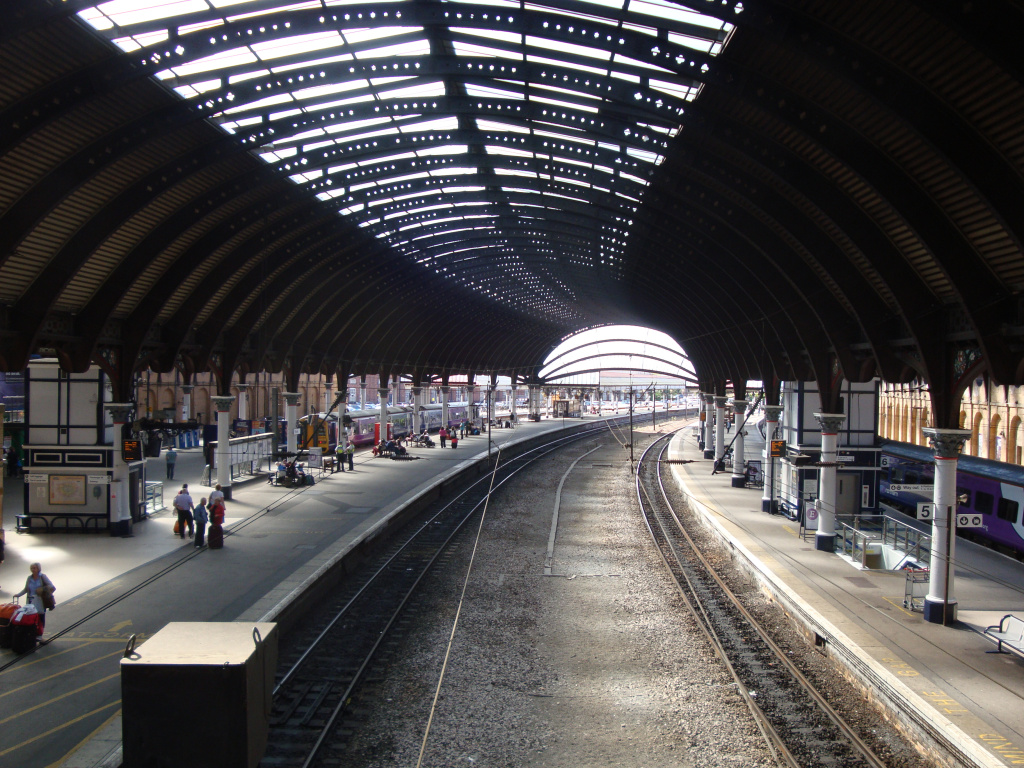With the Council still batting around ideas about how to change and improve access to our dear old train station, we decided to look back to the beginnings of that iconic building.
Trying again
Our current station is actually something of a second attempt by civic leaders to get it right. As we’ve detailed in these pages in the past, York’s first proper station was inside the walls – what is now the headquarters of City of York Council.
That original building was a ‘dead-end’ station, so trains needed to reverse back out to continue their journey. This was fine when rail traffic was relatively light in the mid 19th century, but it soon caused problems and massive delays. A new ‘through-line’ station was needed to replace it.
Status building
North Eastern Railway architects William Peachy and Thomas Prosser were hired to design the new complex, intended to showcase York as the ‘heart of the Victorian rail network’. Once completed in 1877, it was the largest train station in the world, with an 800-foot grand curved roof and 13 platforms. The first train departed at 5.30am on 25th June, bound for Scarborough over the newly reinforced Scarborough rail bridge.
As well as the station itself, a luxurious hotel was also constructed attached to it. Just like the one the original station had enjoyed, the hotel was intended to give tourists and businesspeople a grand place to stay after disembarking into the grand new railway station. Both boosted the status of York and improved communications and travel for the whole country.

Ch-ch-changes
Changes were made to the station some decades later, and in 1909 additional platforms were added to cope with growing demand. It was also at this time that the North Eastern Railway company built their headquarters here in York. Now The Grand Hotel, opposite the original station building, it added to York’s importance as a transport and business hub.
In 1938 the footbridge over the tracks that we still have today was built, adding to the existing subways. However, just four years later the station was heavily bomb during an air raid. On the evening of 29th April 1942, 800 passengers were evacuated from a train bound for Edinburgh to seek shelter from the falling bombs.
That same night two station workmen were killed, including the foreman, William Milner. Milner died as he rushed back into his burning office to retrieve a first aid box to help other wounded workers. He was posthumously given the King’s Commendation for Gallantry for the act, and you can see a plaque dedicated to him in the station today.
Modernity
Following some major repairs in 1947, things ticked along quite happily at the station until the ‘80s. Much of the station was reorganised and an electric wiring system was introduced. Some platforms were also removed, and if you’ve ever parked a bike at the station you’ve done so on these decommissioned platforms.

The 1980s also saw the old tearooms, situated by the pedestrian entrance, transformed to house a Model Railway Exhibition, where it remained until 2011. It’s now a pub. Because York.
Ticket barriers were planned to be installed earlier this decade, requiring all passengers to have a ticket to get access to the platforms. This was fought off by City of York Council, however, arguing that it would spoil the look of the Victorian architecture. We agree, plus it’s always nice to pop into the Costa there if you’re passing by.
Future?
The Council, and the National Railway Museum, are in significant talks that could alter the access to our beloved station. Now is definitely the time get n there and soak up all the good stuff. Ticket or no ticket.









Add a comment